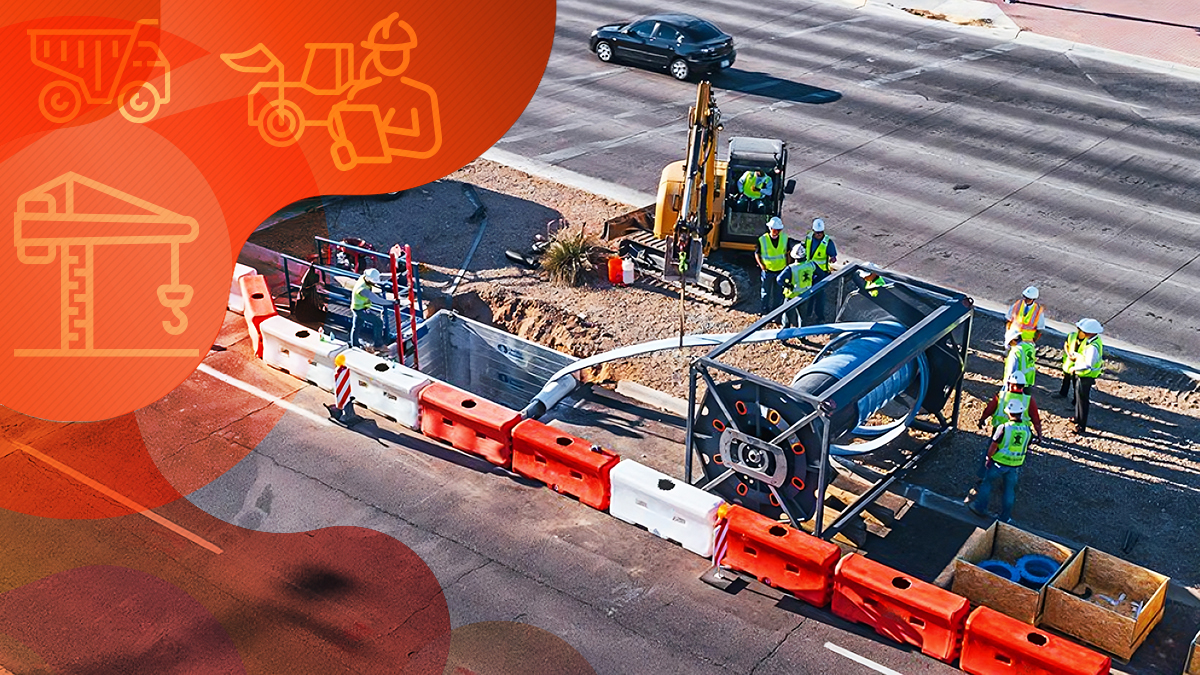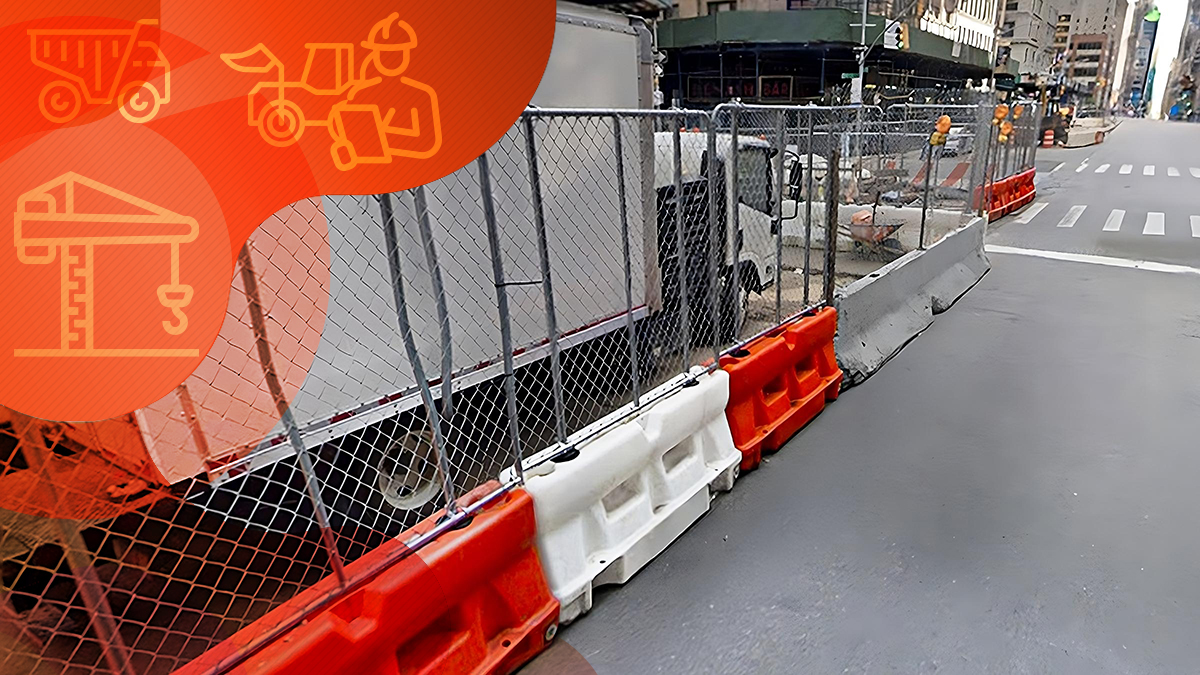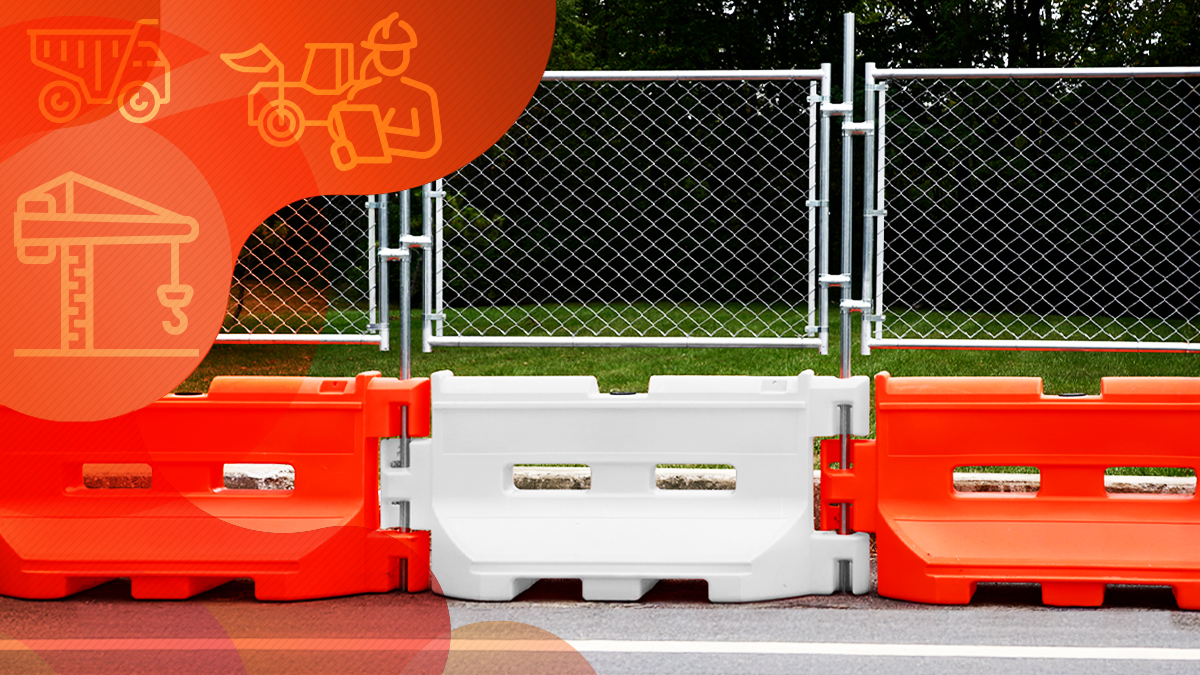How Do You Bid on a Construction Project?
Master the art of construction bidding with our comprehensive guide! Learn the crucial steps to optimize your bids for commercial and government projects, ensuring profitability and success.

Construction bidding is part art and part science. Not all contractors feel comfortable with the bidding process, and for good reason. Construction bids are complicated, and an inaccurate bid can be disastrous.
Understanding the complexities of bidding and finding the right price can help your business win bids and stay profitable. Following the bidding steps and staying organized throughout the bidding process is important.
In this article we'll discuss: what is bidding? We'll talk about the difference between general contractor bids and proposals, go over the five steps to bidding, talk about what should be included in a construction bid, discuss the intricacies of the bidding process, and how to prepare to post a bid.
If you're a new contractor just now learning how to bid, it's important to remember that bidding gets easier with time and experience. Maintaining a bidding process and fine-tuning that process as you go along can help you be successful in your construction bids.
How Does Job Bidding Work?
A construction bid is an offer to perform construction services for a set price. While the idea may sound simple enough, construction bids can be complex. While some contractors win bids by simply offering the lowest price, good contractors know it's important to strike a balance by charging a fair price for a quality service.
When writing your bid, here are some features property owners and project owners look for in construction bids:
- Professionalism. Create a professional document, following any and all guidelines set by the project owner. Public contracts are awarded to contractors who follow the complex set of rules that govern the public bidding process.
- Clear communication. A bid is the contractor's opportunity to set expectations and communicate intentions for the project. Writing a thorough bid can help the property owner make an informed decision and choose the best contractor for the job.
- Organization. An organized bid reflects well on the contractor and leaves a good impression.
The 5 Steps in the Bidding Process
In general, there are five steps in the construction bidding process: solicitation, submission, selection, negotiation, and delivery. These five steps happen in some form in nearly every construction project -- from public contracts to private projects.
1. Bid Solicitation
Property owners and project owners initiate the bidding process. For public projects, the request will come through a formal Request for Proposal (RFP), a Request for Quote (RFQ), or a Request for Tender (RTT).
These formal requests will outline all the information required in the bid and will also detail the process of selection. Read carefully and follow all instructions to the letter.
If possible, make plans to submit your RFP documentation well before the deadline. The project owner may organize meetings or presentations to give bidders more information and clarity. This presents bidders with an opportunity to ask questions.
There are four types of construction bids:
- Open - An open bid is the most common. In an open bid, the contractor reviews the requirements for bidding, then submits documentation for review.
- Negotiated - In a negotiated tender, the owner contacts one contractor to discuss the work, negotiate contract terms, and iron out the details.
- Selective - Similar to a negotiated tender, but the project owner contacts more than one contractor to keep their options open. Gradually, the bid pool is narrowed down until one contractor remains.
- Serial – This is a type of solicitation wherein the property owner breaks the project down into various phases (or packages), and then contractors bid on packages. Each package is an individual contract that is awarded to separate contractors.


2. Bid Submission
Now it's time to write your bid and submit it to the owner. Do this before the deadline. The bid should include all relevant information and must address every required piece of information.
Organize your bid so that it's easy to read and be sure to proofread it before submission to eliminate all errors or typos.
Include cost and material breakdowns, timelines, and supporting documentation. Provide a table of contents to help the reader to find the relevant information in your bid package.
3. Bid Selection
Once the bids are received, the project owner evaluates the bids, comparing costs, qualifications and other criteria. Some project owners automatically accept the lowest bid, while others consider factors like qualifications, experience, work history, and the total value of the bid.
4. Contract Negotiation
After the bid is selected, you enter the contract negotiation phase, during which time both parties negotiate the finer points of the contract. Timelines, exact costs, and other conditions of the construction process are all discussed at this point.
Once both parties are comfortable with the contract terms, it's signed, and the project can move forward.
5. Delivery
Once the contract has been signed and negotiated, work can begin. Your company can now order materials and begin preparations to follow through on the terms of the contract.
What is the Difference Between a Bid and a Proposal?
A construction bid and construction proposal can be very similar, but they have different purposes, depending on the circumstances. A construction bid, for example, is a document that a contractor produces when the scope of the project is clearly defined, and the conditions of the project are clear.
A proposal is a document that a contractor produces when the work or scope of the project is a little vague. The proposal documents the contractor's proposed solution, but other contractors may have other proposals. This allows the project owner to choose the proposal that best meets their needs.
How to Bid on Construction Jobs
Bidding on construction jobs is a multi-step process. If you're a larger construction outfit, it's best to have a person on staff dedicated to writing up bid proposals.
Hiring an expert who knows the steps of the construction process, as wel ass the cost of materials, labor, and other factors can help streamline the bidding process.
1. Review the RFP
Review the proposal request documents. Often, these documents are extensive, as are the guidelines. Following the documents to even the smallest request is important, as everything will be considered in the bid you submit. You may take the time to go over some of the requests with your team or do the entire initial review on your own.
2. Do the Research
It's important to name a price for your project that isn't too high or too low. Doing the research and knowing the cost of materials, cost of labor, and other costs is important to produce an accurate, competitive bid.
Spend some time on research and consider that the cost of materials may rise before the project actually begins. Many contractors will use special bidding and forecasting software to help them determine costs during larger construction projects.
3. Create the Documentation
Once you've done your research, it's time to create the bid. You can recycle material from old bids to create new bids, but don't forget to update your figures and read everything thoroughly before submitting your bid.
What Should a Contractor Bid Include?
A construction bid should include all the information requested in the RFP. There are several parts to a construction bid that are expected to be in most (if not all) bids.
- Bid price. The bid should include a bid price and a comprehensive breakdown of costs.
- Payment schedule. When will the payment be delivered? Most large projects involve payment delivery in phases. The payment schedule should detail how much is paid at each phase, and when.
- Scope of work. The scope of work is a comprehensive list of everything done on the job site, from work methods to materials.
The contract should also outline various details like warranty information, insurance and bond requirements, who will get permits, what are the responsibilities of the project owner, and so on.
How to Find Opportunities?
There's more than one way to find construction opportunities in your area. There are a variety of construction job board websites that can be helpful, as well as governmental websites that list opportunities for public works projects.
This is another reason why it's best for contractor companies to have a person dedicated to bidding. They have the time to scan these websites and job boards for opportunities.
Networking can be helpful, and meeting people in the industry can lead you to stumble upon information about upcoming projects. Maintain professionalism in your interactions with industry professionals to ensure your business stands out when the bidding process begins.


Be Ready When the Moment Comes
The contractor bid process is complex, and writing bids isn't easy. Knowing how to bid on construction jobs quickly and efficiently is important. Have reliable resources to fall back on when you're bidding.
Your business won't get selected for every job you've applied for, so it’s a good idea to diversify your services and apply to multiple opportunities in the same project.
For example, temporary fences are a must-have item for most large-scale construction projects. It's a product that requires a low investment upfront, and your company can rent it out for profit.
If you're a fence contractor who is only used to applying for permanent fencing bids, this is a great way for you to expand your business. You don’t even need to have the temporary fences on hand when bidding for a project, because SONCO expedited delivery across America and can deliver the temporary fences to the exact location of your next construction project.
Get awarded the contracts first and then buy the temporary fence panels from SONCO because we guarantee delivery on time, regardless of the order size.
Follow our blog for more information about becoming a fence rental company and all about the construction industry.
Trend now

Reducing Impact Damage with Water-Filled Plastic Jersey Barriers
Understanding the effects of barrier materials on vehicles and their occupants can help improve road safety.

Choosing Between Concrete or Plastic Jersey Barriers
Not all barriers are built the same. Here’s what to know before choosing between plastic and concrete.

Advantages of Water Barriers with Fence Toppers
Learn how a fence topper transforms water barriers into a more secure, private, and effective work site solution.

